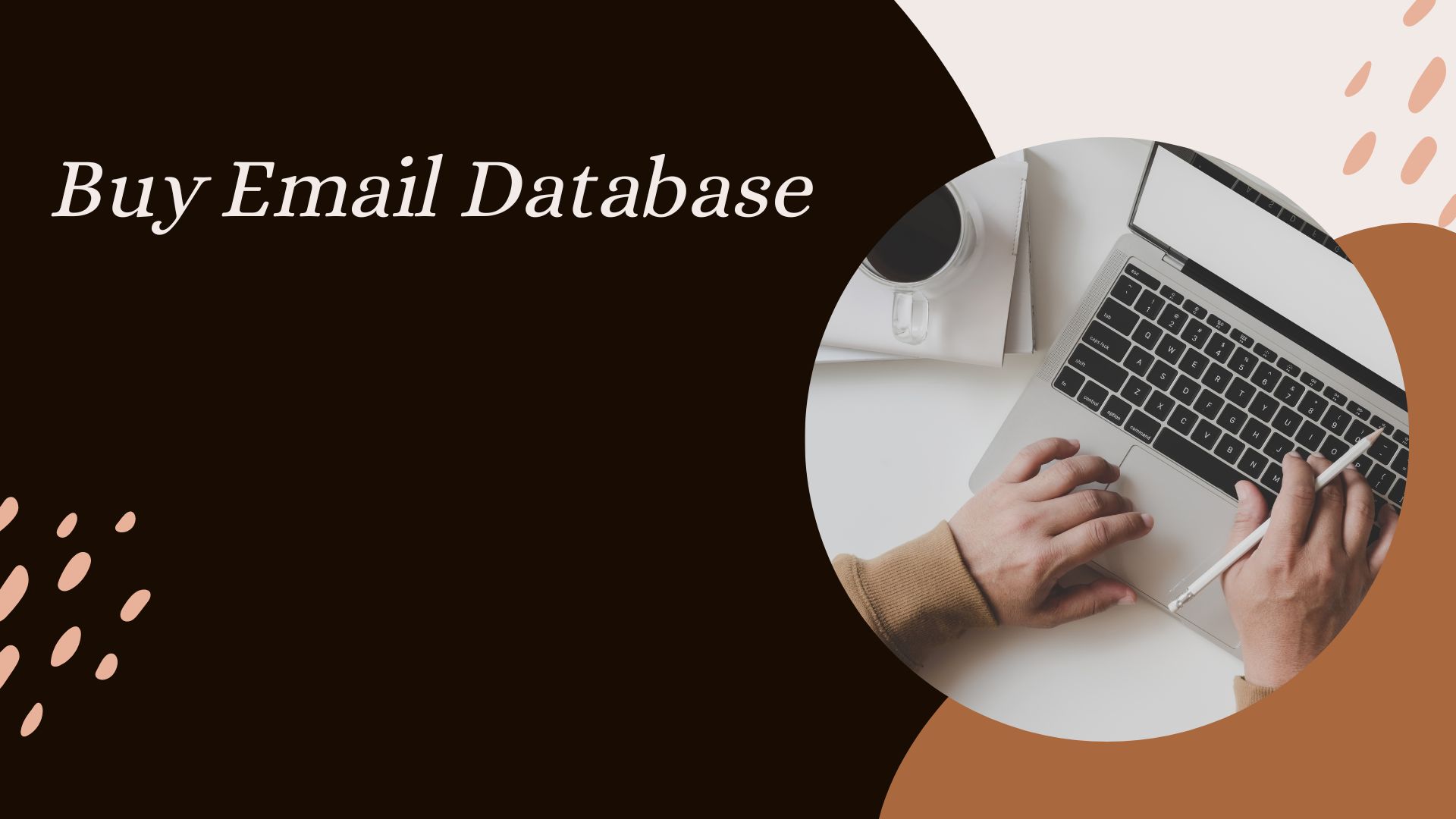|
|
In the world of email marketing, the effectiveness of campaigns largely hinges on the quality and relevance of the email lists used. Customizing these lists based on specific criteria can significantly enhance engagement, conversion rates, and overall marketing success. But how exactly can users customize their email lists? Here’s a closer look at the options available and the benefits they bring.
1. Demographic Segmentation
One of the most common ways to customize email lists is through demographic Panama Consumer Email List Database segmentation. Users can categorize their email lists based on criteria such as age, gender, location, and income level. This approach allows marketers to tailor their messages to resonate with specific demographic groups. For instance, a clothing retailer might send promotional emails featuring trendy outfits to younger audiences while offering classic styles to older customers. This targeted approach increases the likelihood of engagement and conversion.
2. Behavioral Targeting
Behavioral targeting involves customizing email lists based on users’ past interactions with the brand. This can include purchase history, website visits, and engagement with previous emails. For example, a travel company can create a list of customers who have shown interest in beach destinations and send them relevant offers. By focusing on behaviors, marketers can deliver personalized content that meets the specific interests of their audience, fostering a stronger connection and encouraging repeat business.
3. Interest-Based Segmentation
Another effective method for customizing email lists is based on user interests. Businesses can gather data through surveys, forms, or user preferences during the signup process. By understanding what topics or products resonate with their audience, marketers can segment their lists accordingly. For instance, a health and wellness brand might divide its list into categories such as fitness enthusiasts, nutrition seekers, and mental health advocates, allowing for highly relevant content delivery.
4. Engagement Levels
Customizing email lists based on engagement levels is also a powerful strategy. Users can segment their lists into categories such as active subscribers, dormant users, and recent sign-ups. This allows marketers to tailor their messaging based on how recently and frequently subscribers have interacted with their content. For example, re-engagement campaigns can be designed for dormant users to win them back, while active subscribers can receive exclusive offers to reward their loyalty.

5. Custom Fields
Many email marketing platforms allow users to create custom fields that enable further customization. These fields can be used to store specific information about subscribers, such as their preferences, birthday, or purchase history. By leveraging this data, marketers can craft personalized messages that speak directly to individual needs and interests.
Conclusion
Customizing email lists based on specific criteria is not just a possibility; it’s a necessity for effective email marketing. By employing strategies such as demographic segmentation, behavioral targeting, interest-based segmentation, and engagement level categorization, businesses can create highly relevant and engaging campaigns. Ultimately, this leads to stronger customer relationships, higher conversion rates, and a more successful overall marketing strategy. Embracing these customization options can set brands apart in a crowded digital landscape, ensuring they deliver the right message to the right audience at the right time.
|
|